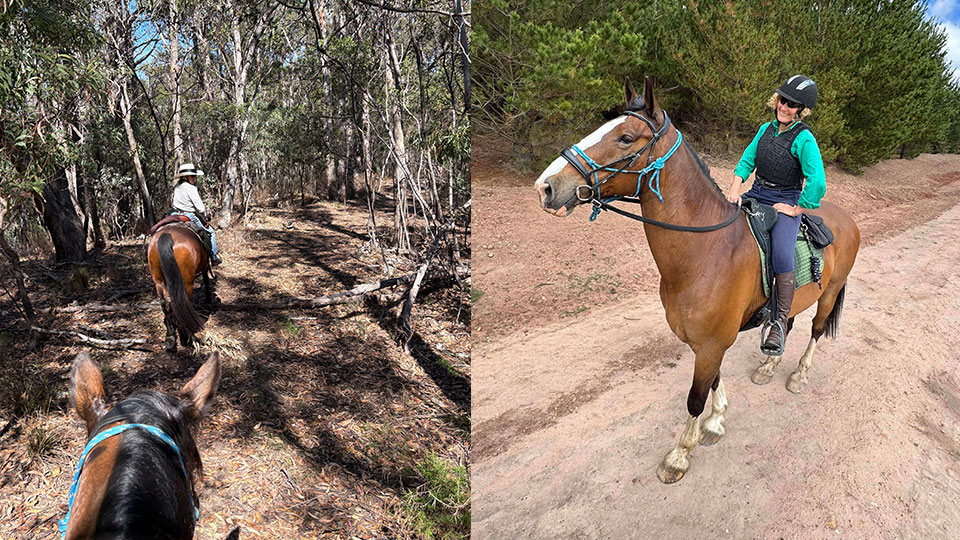
It’s wonderful being in flow with a group of colleagues. You say something and everyone gets it. Someone else makes a suggestion, and you can immediately support and build on what’s been said. Affirming… Energising… Magic…
Not so fast!
Research* has shown that while we feel more effective and confident working with people like us, diverse teams perform better on the task.
In teams with thinking diversity, we may not get immediate agreement, instead needing to discuss differences, explain our ideas, and reach new conclusions. Harder work leading to a better outcome.
Here are 7 tips to help you leverage this thinking diversity:
- Acknowledge differences in experience, capabilities and thinking styles exist. This sounds obvious but can reduce frustration and enable a shift from ‘difference equals wrong’ to ‘difference equals diversity that can be leveraged’.
- Set up ground rules or team norms. Developing agreed and shared team behaviours (ideally no more than 5) and actively following them will support the development of a safe space.
- Approach the discussion with curiosity. Curiosity is the antidote to judgement, because judgement reduces exploration and creative risk taking. When you notice yourself judging a peer, get curious. ‘I wonder what causes them to think that… I wonder how they see the situation… I wonder why I find what they just suggested so challenging… ‘
- Notice your reactions to the questions of others. ‘What makes you think that?’ could be perceived as an attack, and or genuine overture to build understanding. Your reaction will influence the tone of the conversation.
- Take a different perspective. The ability to firstly be aware of your own perspective, and then consciously tune into the perspective of others is a valuable leadership skill. The old cliché ‘walk a mile in their shoes’ comes to mind.
- Listen well. Really listen – to understand and to connect (and not just to identify a pause so you can jump in!)
- Look for the positive intention. When we work with people who think differently to us, their behaviour may seem unhelpful or unproductive. Separating observable behaviours from the intentions that drive them can provides insight and greater scope to collaborate.
Which tip resonates for you today? What will you try next?
If you want to turbo charge your ability as a team to leverage thinking diversity, let’s talk about my Team Motivational Map program. The Team Motivational Map ensures that people focus their energy into business objectives, and not into figuring out how to work with one another.
Go fearlessly
Corrinne
* One example is ‘Is the Pain Worth the Gain? The Advantages and Liabilities of Agreeing With Socially Distinct Newcomers’, published in March 2009 by Phillips, Liljenquist, Neale
STAY IN THE LOOP





